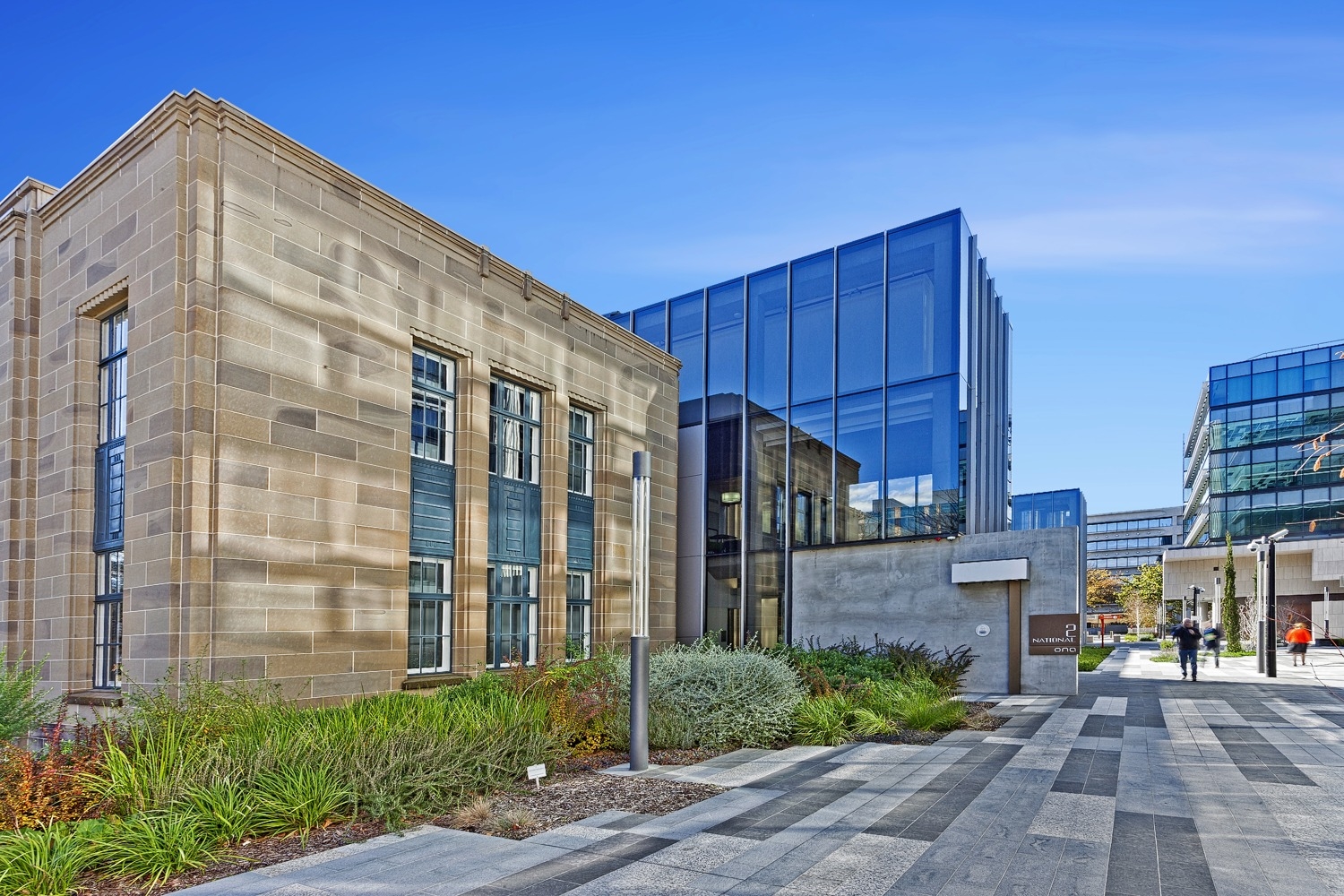- Jul 2, 2018
- 2,797
 |
 |
Overview |
| The Office of National Intelligence (ONI) is an Australian statutory intelligence agency responsible for advising the Prime Minister and National Security Committee, the production of all-source intelligence assessments, and the strategic development and enterprise management of the National Intelligence Community. The ONI is directly accountable to the Prime Minister of Australia as a portfolio agency of the Department of the Prime Minister and Cabinet. ONI is the Australian equivalent of the United States Office of the Director of National Intelligence and the United Kingdom Joint Intelligence Organisation. ONI also plays a coordination role in the National Intelligence Community through evaluating foreign intelligence products, convening the National Intelligence Committee, and developing relationships with intelligence agencies around world. ONI also collects and analyses open-source intelligence (OSINT). It is lead by a Director-General who is currently Peter Varghese. |
Headquarters |
 |
Robert Marsden Hope Building, Barton, Australian Capital Territory |
| Type: | Amount: |
|---|---|
| Intelligence Agents | 150 |
| Unit: | Size: | Base: |
|---|---|---|
| Executive and Foreign Intelligence Coordination Branch | 10x Intelligence Agents | Robert Marsden Hope Building, Canberra |
| Washington Liaison | 5x Intelligence Agents | Embassy of Australia, Washington D.C. |
| London Liaison | 5x Intelligence Agents | High Commission of Australia, London |
| Unit: | Size: | Base: |
|---|---|---|
| Open Source Centre | 20x Intelligence Agents | Robert Marsden Hope Building, Canberra |
| North Asia Branch | 20x Intelligence Agents | Robert Marsden Hope Building, Canberra |
| South East Asia Branch | 20x Intelligence Agents | Robert Marsden Hope Building, Canberra |
| South Asia and Middle East Branch | 20x Intelligence Agents | Robert Marsden Hope Building, Canberra |
| Oceania Branch | 20x Intelligence Agents | Robert Marsden Hope Building, Canberra |
| International Economy Branch | 10x Intelligence Agents | Robert Marsden Hope Building, Canberra |
| Transnational Issues Branch | 10x Intelligence Agents | Robert Marsden Hope Building, Canberra |
| Strategic Analysis Branch | 10x Intelligence Agents | Robert Marsden Hope Building, Canberra |
 |
Overview |
| The Inspector-General of Intelligence and Security (IGIS) is an independent statutory office holder in the Commonwealth of Australia responsible for reviewing the activities of the six intelligence agencies which collectively comprise the Australian Intelligence Community (AIC). With own motion powers in addition to considering complaints or requests from ministers, IGIS is a key element of the accountability regime for Australia’s intelligence and security agencies. The Office of the Inspector-General of Intelligence and Security is situated within the Prime Minister’s portfolio for administrative purposes, but as an independent statutory office holder, the IGIS is not subject to general direction from the Prime Minister on how the functions under the IGIS Act should be carried out. The role and functions of the IGIS are set out in sections 8, 9 and 9A of the IGIS Act. These sections of the IGIS Act provide a legal basis for the IGIS to conduct regular inspections of the AIC agencies and to conduct inquiries, of varying levels of formality, as the need arises. The functions of the Inspector‑General do not include inquiring into the matters to which a complaint made to the Inspector‑General by an employee of an agency relates to the extent that those matters are directly related to the promotion, termination of appointment, discipline or remuneration of the complainant or to other matters relating to the complainant’s employment. The IGIS:
|
Last edited:


